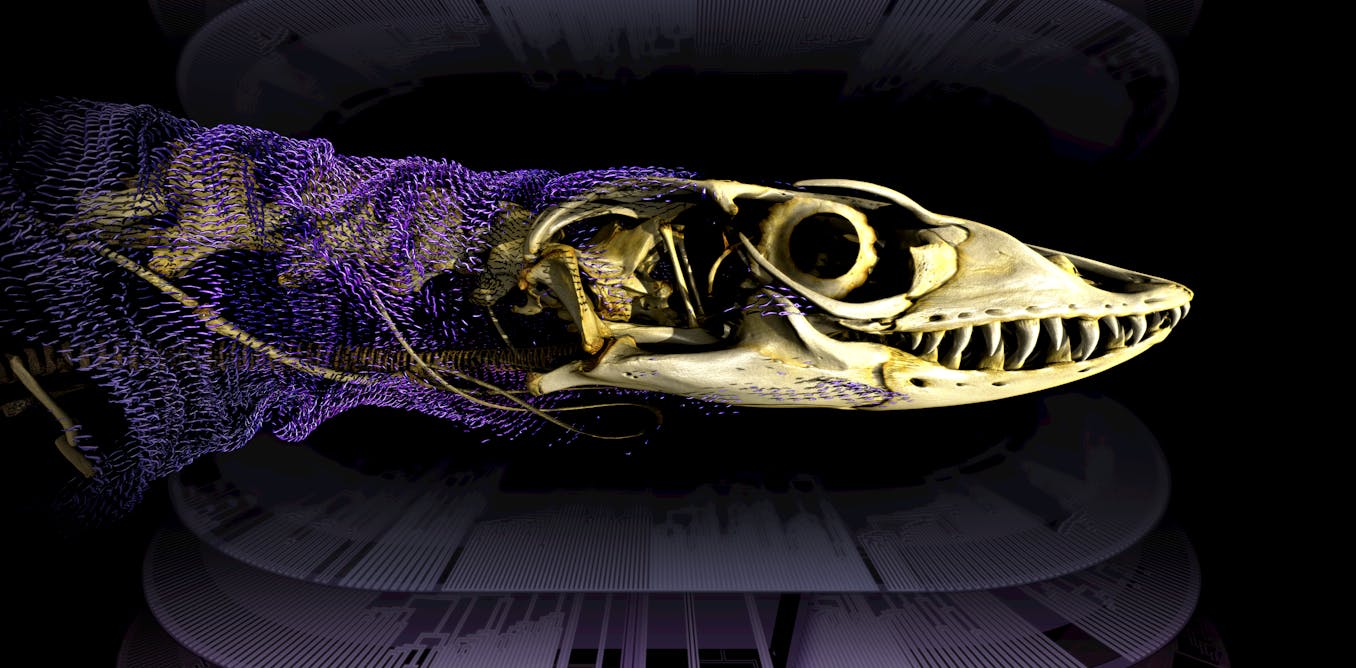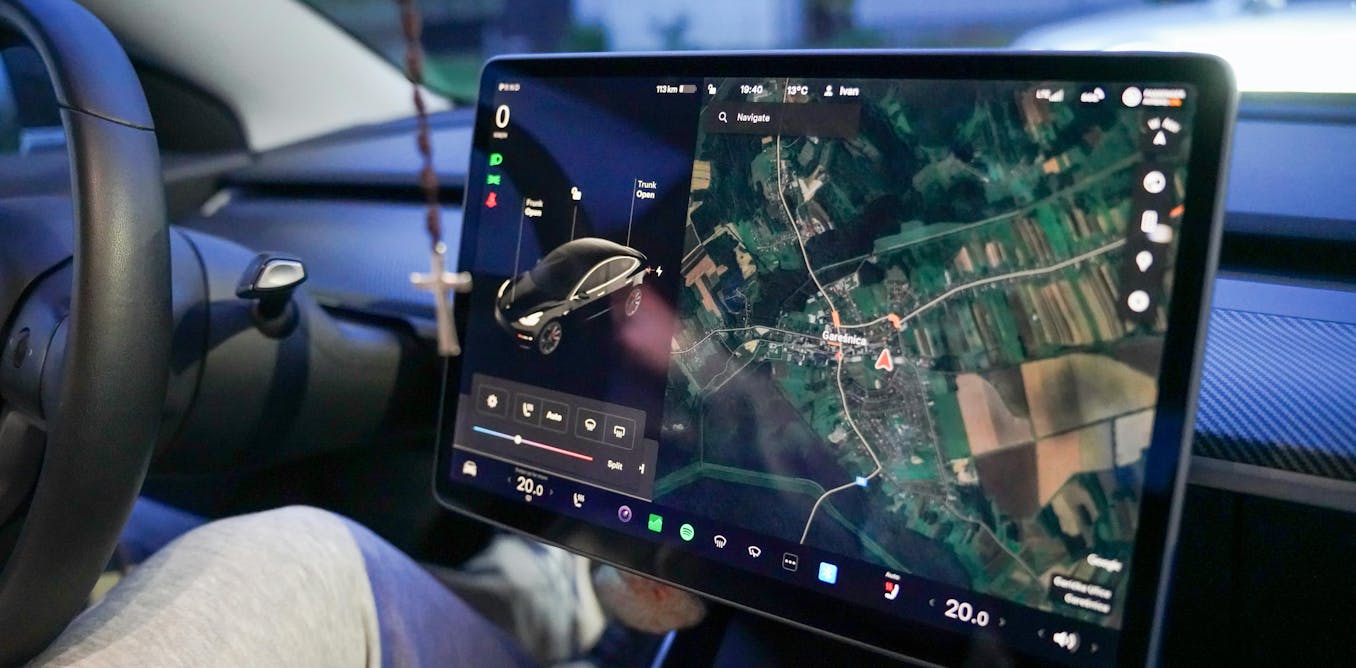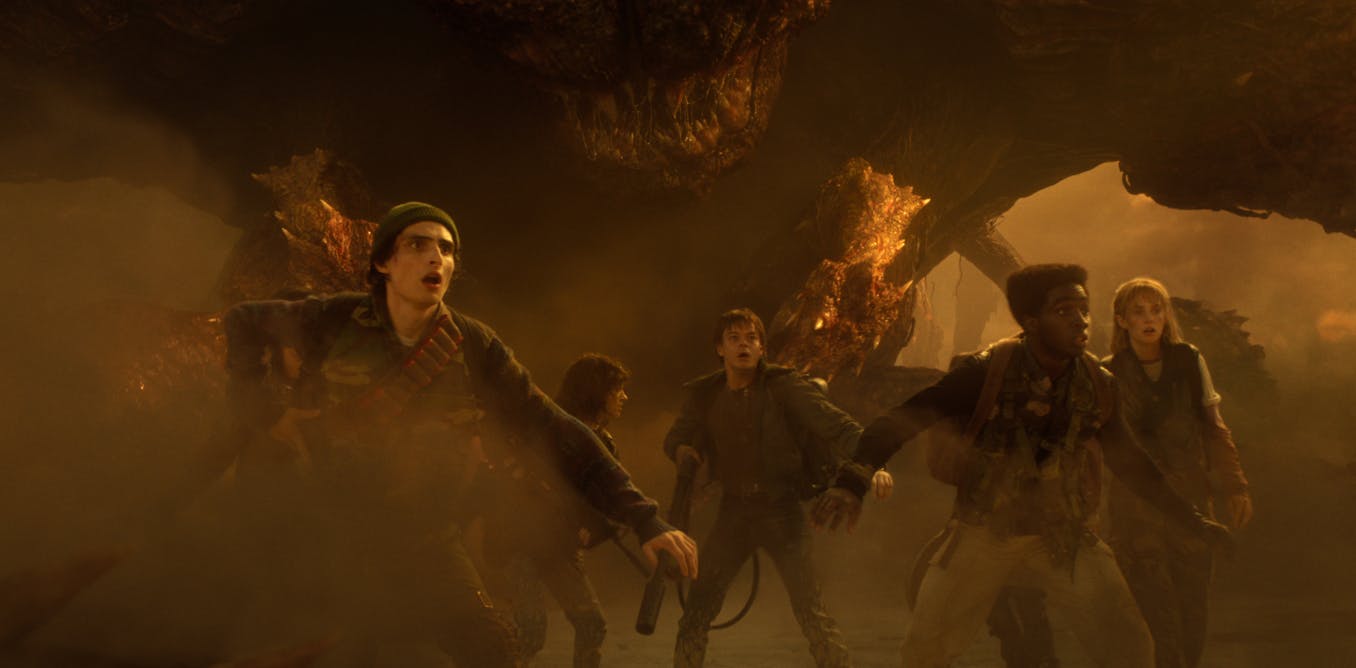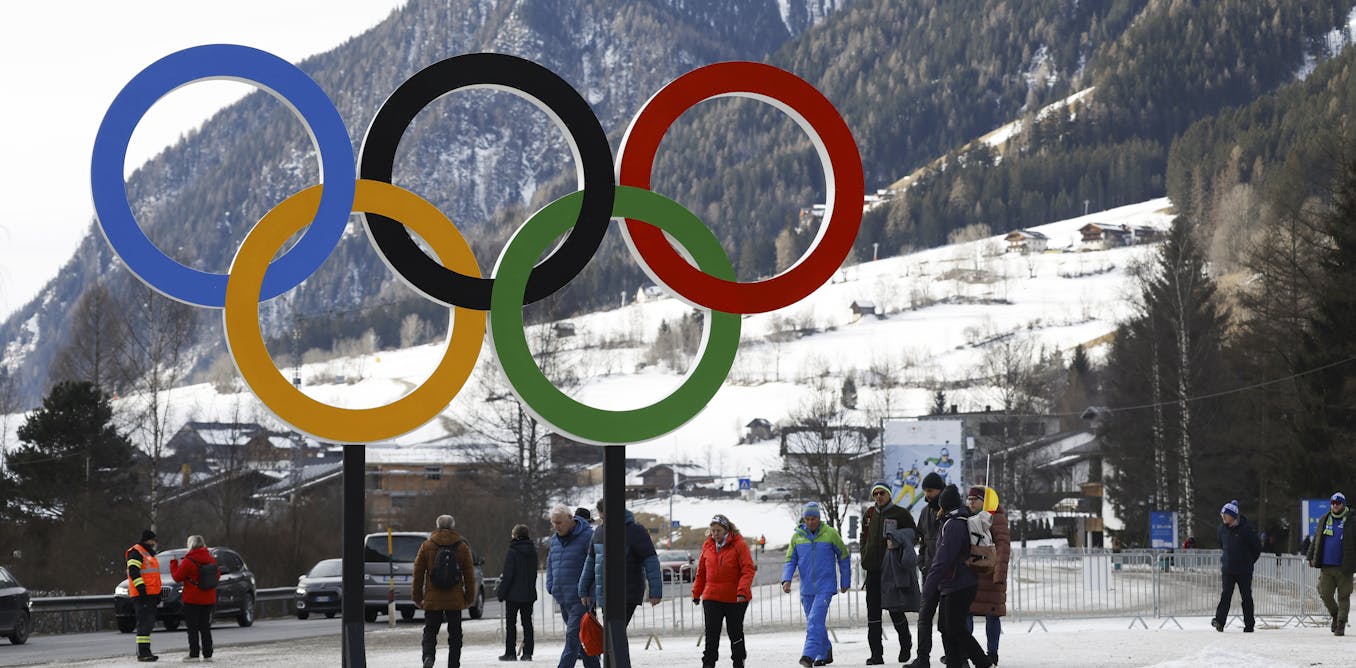Drowning is the third leading cause of accidental deaths globally, according to the World Health Organization. The deaths disproportionately impact low- and middle-income communities, whose beaches tend to lack lifeguards because of limited funds. Last year 104 drownings of the 120 reported in the United States occurred on unstaffed beaches.
That fueled Angelina Kim’s drone project. Kim is a senior at the Bishop’s School in La Jolla, Calif. Her Autonomous Unmanned Aerial Vehicle (UAV) System for Ocean Hazard Recognition and Rescue: Scout and Rescue UAV Prototype project was showcased in May at Regeneron’s International Science and Engineering Fair (ISEF) in Los Angeles.
Kim project took first place in this year’s IEEE Presidents’ Scholarship competition: a prize of US $10,000 payable over four years of undergraduate university study. The IEEE Foundation established the award to acknowledge a deserving student whose project demonstrates an understanding of electrical or electronics engineering, computer science, or other IEEE field of interest. The scholarship is administered by IEEE Educational Activities.
Kim has long been motivated to help those in need, especially after her mother’s illness when Kim was a young child.
“I’ve been determined to find ways to create a safer community using technology my whole life,” she says. “I realized as I got more into robotics that technology can be used to protect those in my community.”
Kim and the second- and third-place scholarship winners also received a complimentary IEEE student membership.
In addition, to mark the scholarship’s quarter century, IEEE established a 25th anniversary award to honor a project that is likely to make a difference. It also was given out at ISEF.
Drones that can save swimmers’ lives
Angelina Kim’s autonomous drone system, consisting of a scout and rescue drone, aims to prevent drownings on beaches that have no lifeguards.Lynn Bowlby
The autonomous UAV lifeguard system consists of two types of drones: a scout craft and a rescue craft. The scout drone surveys approximately 1 kilometer of shoreline, taking photographs and analyzing them for rip currents, which can be deadly to swimmers.
The scout drone “implements a new version of differential frame displacement and a new depth-risk model,” Kim says. The displacement compares the previous image to the next one and notes in what direction a wave is moving. The algorithm detects rip currents and, using the depth-risk model, focuses on strong currents in the deep end—which are more dangerous. If the scout drone detects a swimmer caught in such a current, it summons the rescue drone. That drone drops a flotation device outfitted with a heaving rope and can pull the endangered swimmer to shore, Kim says.
The rescue drones operate with roll-and-pitch tilt rotors, allowing them to fly in whatever direction and orientation they need to.
Kim says she was shocked and ecstatic to…
Read full article: Teens’ Tech Reduces Drowning and Fights Air Pollution

The post “Teens’ Tech Reduces Drowning and Fights Air Pollution” by Elizabeth Fuscaldo was published on 09/09/2024 by spectrum.ieee.org





































Leave a Reply